The Hubble Space Telescope is turning 25 - feast your eyes on some of its most stunning images
To commemorate Hubble's 25th anniversary, NASA released this jaw-dropping shot of some of our galaxy's hottest, brightest, most massive stars contained in the giant cluster at the center of this image. The powerful winds the stars in this cluster generate have hurricane-like force that pushes the surrounding gas away, which is the beautiful cloud of purple, blue and orange you see to the left and bottom.

In 2006, Hubble set its sites on the mesmerizing Orion Nebula and discovered 16 planets nuzzled within its beautiful confines. Before the Kepler Spacecraft launched in 2009 and began searching the galaxy for exoplanets, the number of known planets outside of our solar system was limited. This Hubble discovery was a momentous find that strongly hinted at the prevalence of planets throughout our universe.
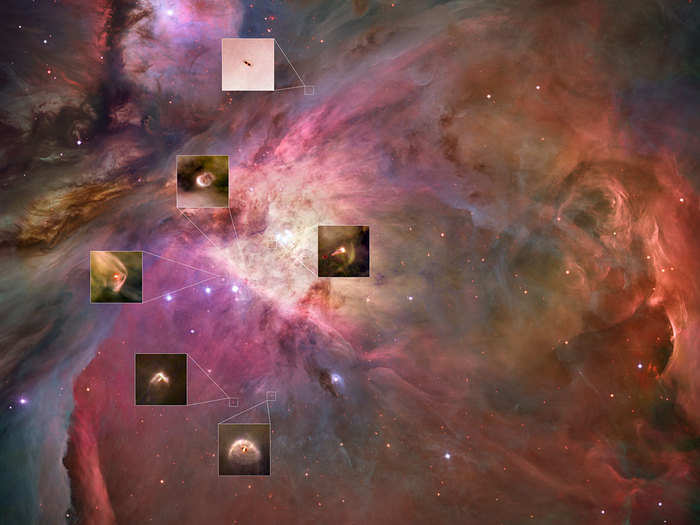
What you're seeing at the center of this Hubble image is a very important type of luminous star called a Cepheid variable. Before Hubble, astronomers had only a vague idea of the age of the universe. But by using the patterns by which these stars brighten and dim over short periods of time, astronomers obtained extremely accurate distances to these objects, which helped them pin down the 14-billion-year age of the universe.

We can't see dark matter, but we know it's there thanks to Hubble. The is a real Hubble image of a galaxy cluster with false coloring superimposed on top. The false blue indicates where most of the cluster's mass is located but also where few galaxies lie. This suggests that there is a large clump of dark matter at the center of the cluster.
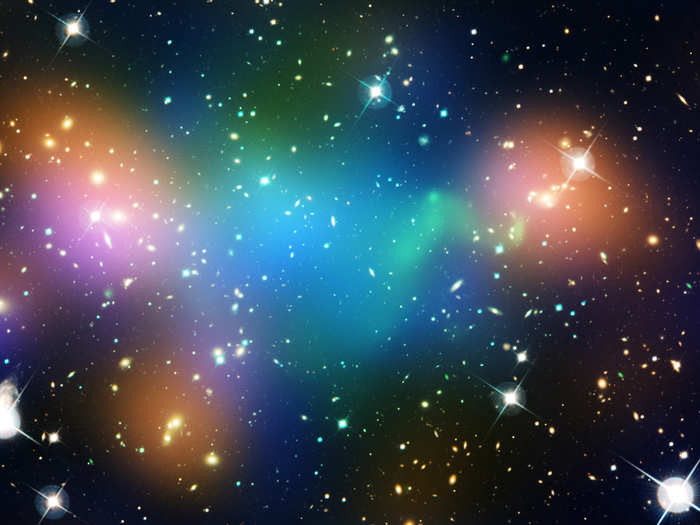
During the mid-90s, Hubble was in the middle of a race between to scientific teams using it to measure the distance to supernova explosions to determine the expansion rate of the universe. This is a Hubble image of the Crab Nebula — a beautiful look at what remains after a star explodes and goes supernova. In 1998, both teams announced that the expansion rate was accelerating. This discovery led to the 2012 Physics Nobel Prize.
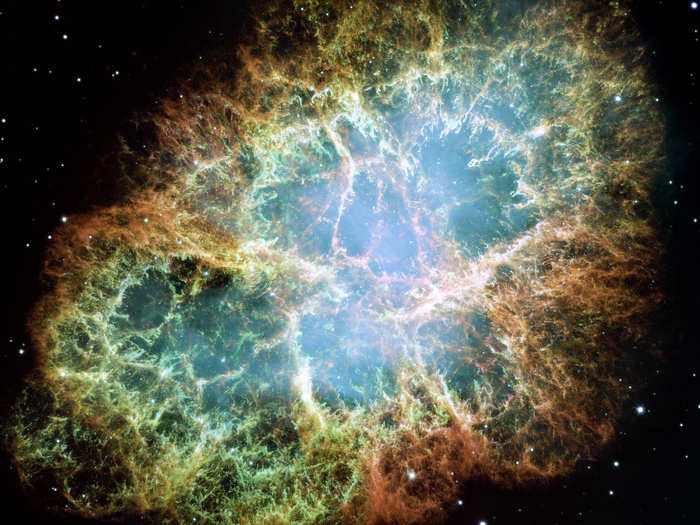
Believe it or not, this is a real Hubble image, and that bizarre blue ring toward the right is an optical illusion produced when gravity bends light in a phenomenon called gravitational lensing. Astronomers have used this technique, called gravitational lensing, to discover some of the smallest, faintest, most distant galaxies in our universe.
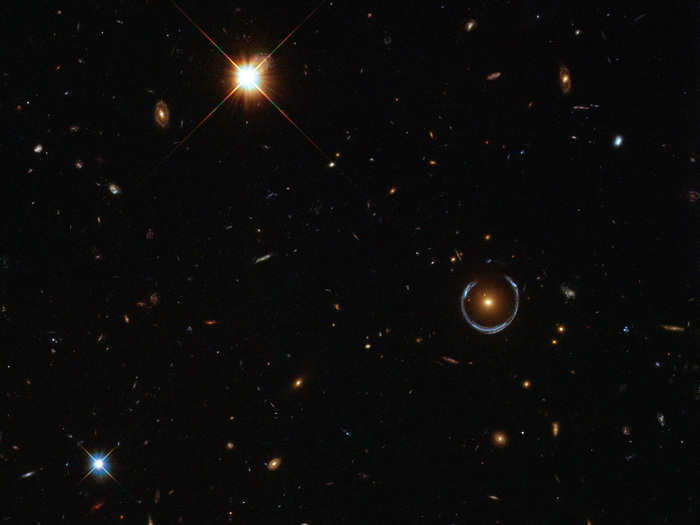
This Hubble image of the Eagle Nebula is a classic, but do you know where to look? Check out the top of the tallest pillar and you'll see little fingers sticking out of the column. These finger-looking protrusions are called evaporating gaseous globules, and this Hubble image, taken in 1995, provided the first photographic evidence for their existence. Astronomers suspect this is where stars are born.
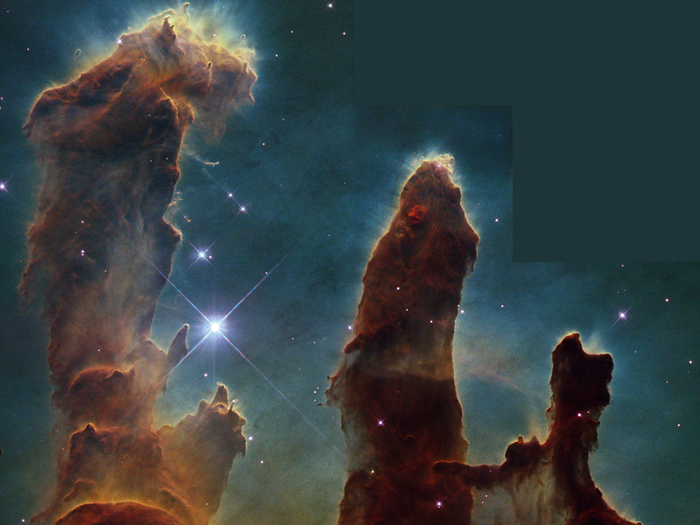
Unlike in the previous Hubble image, the evaporating gaseous globule on the right of this one has completely detached from its host gas cloud. This is a close-up image of the Carina Nebula, and that free-floating EGG is known as the "caterpillar." You can see that the edges of the caterpillar are illuminated, indicating that it's cooking up some stars inside.
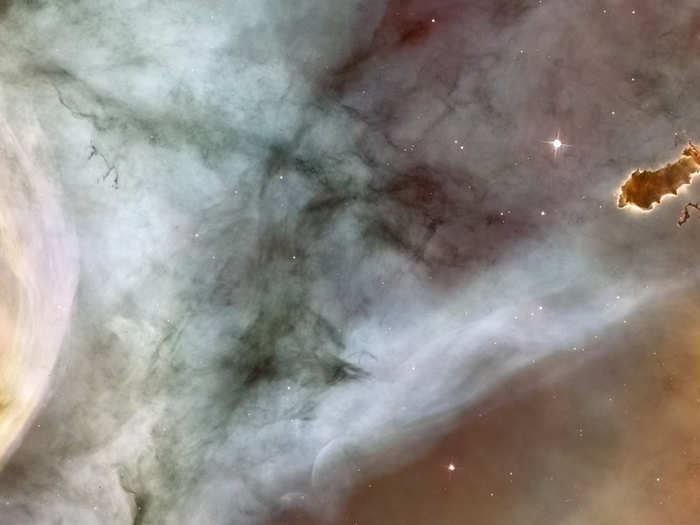
The star at the center of this Hubble image of the Cat's Eye Nebula is called a red giant star, which is what our sun will eventually become after it runs out of hydrogen to burn. As the star cools and expands, it sheds layers of gas, which is what we see here as a planetary nebula. The Hubble Space Telescope has captured numerous shots of breathtaking nebula like this one and discovered that no two are alike.
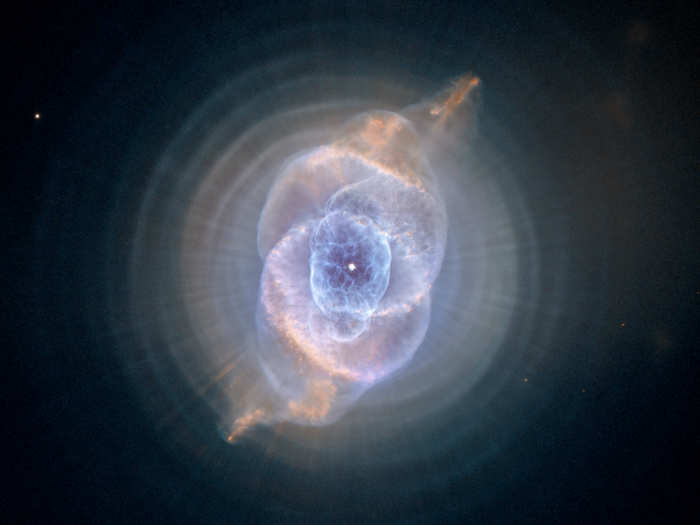
This is the famous Hubble Ultra-deep Field, released in June of 2014. It is one of the most detailed deep-space images ever taken, showing 10,000 galaxies. This image is helping scientists understand which objects were responsible for reionization, the process that made our universe transparent. Without reionization, the universe would be a foggy haze, and we could not study or see it the way we do today.
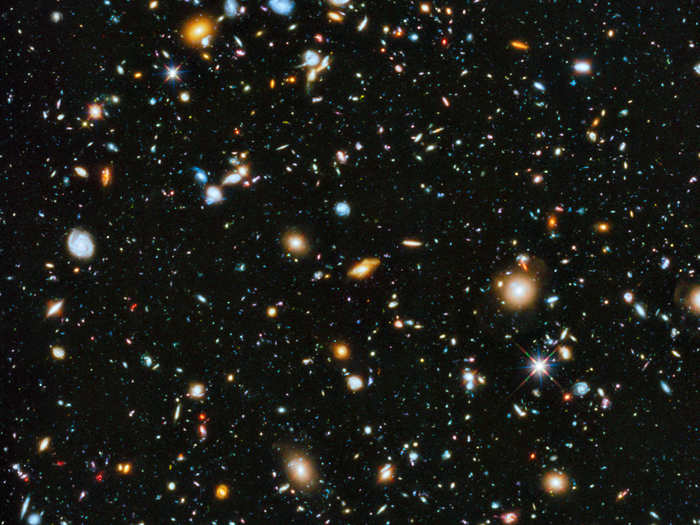
Before the dawn of Hubble, throughout the 1960s, 70s, and 80s, astronomers had a suspicion about what lurked at the center of galaxies, but they needed the high-resolution power of Hubble to support their theory. We now know that at the center of every galaxy is a supermassive black hole and that the larger the size of a galaxy's central bulge, the more massive its black hole.
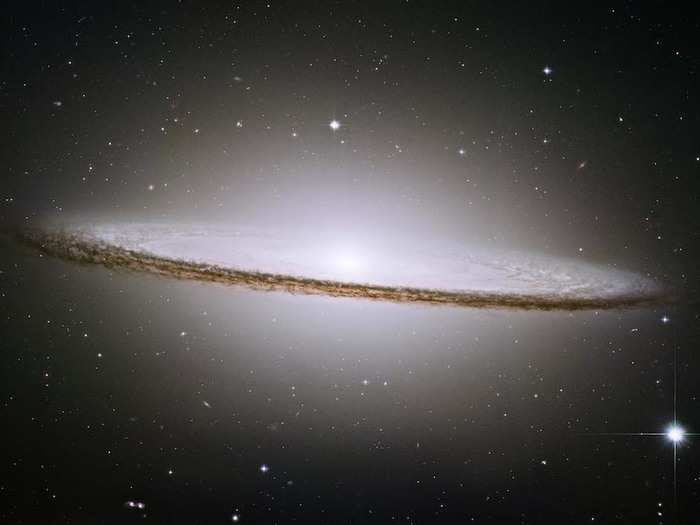
Jupiter's Great Red Spot — a massive, centuries-old storm adorning the face of the planet — is shrinking. Earlier this year, recent Hubble images of the Great Red Spot were released that indicated it is less than half the size it was in the 19th century.
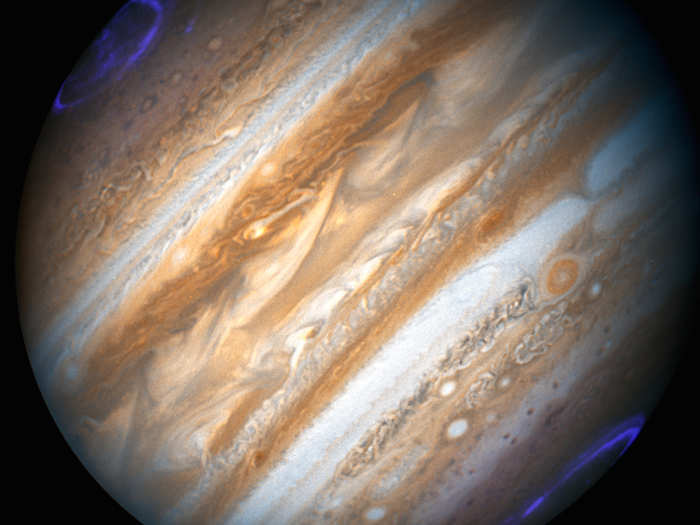
This spectacular snapshot in time shows two galaxies in the process of merging together. It is part of a series of 59 images released in 2008, showing different stages of galaxy merging: before, during, and after. This is one of those 59 images. Studying how galaxies form, merge, and evolve is imperative to understanding how our home galaxy, the Milky Way, formed and will continue to change with time.

These are two Hubble images of the same object. The left image was taken on May 20, 2002 while the right image was taken over 6 months later on December, 17. In January, 2002, astronomers observed a bright light pulse — 600,000 times brighter than our sun — coming from a star about 20,000 light years from Earth. The star faded, but the light it emitted continued to travel outward, illuminating the star's surrounding nebula. The light hits the gas of the nebula and then bounces off in different directions, and some of that reflected light heads toward Earth. This phenomenon is called a light echo and is what made this famous Hubble image to the right possible.
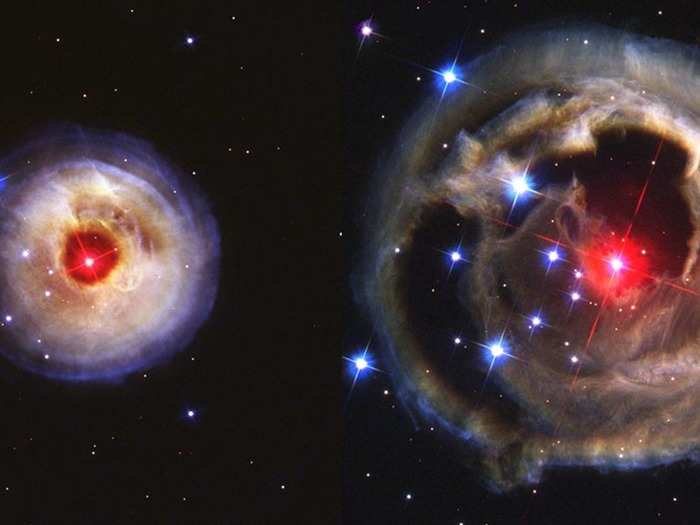
Before Hubble and Very Large Array (VLA) combined forces to create this image, astronomers thought that only elliptical galaxies could produce powerful jets of subatomic particles, like the jet indicated above in false-color red. This was the first observation of radio jet emitted from a spiral galaxy and offered scientists new clues as to what forms these incredible flares of energy. Made in 2002, the image combines a real image of the galaxy taken by Hubble with a false-color image — produced from VLA data — superimposed on top.

Although exoplanets are too distant and small for Hubble to photograph in any detail, what Hubble did with an exoplanet orbiting the star HD 209458, is groundbreaking. In 2001, Hubble measured the first chemical composition of an exoplanet. Above is the artistic image that NASA created to represent these findings.
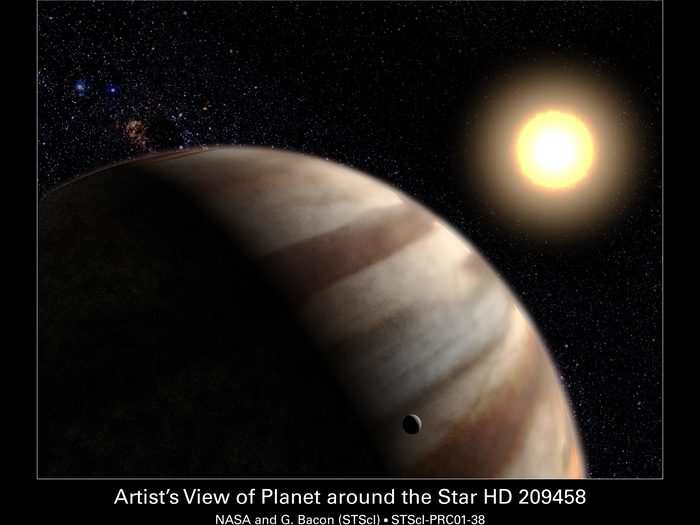
In 2012, scientists announced that they had discovered a fifth moon around Pluto. They used Hubble to find the latest, and tiniest member of Pluto's moon menagerie that is only between 10 and 25 kilometers across. In the Hubble image above, you can see three of Pluto's moons: Cheron, Nix, and Hydra.
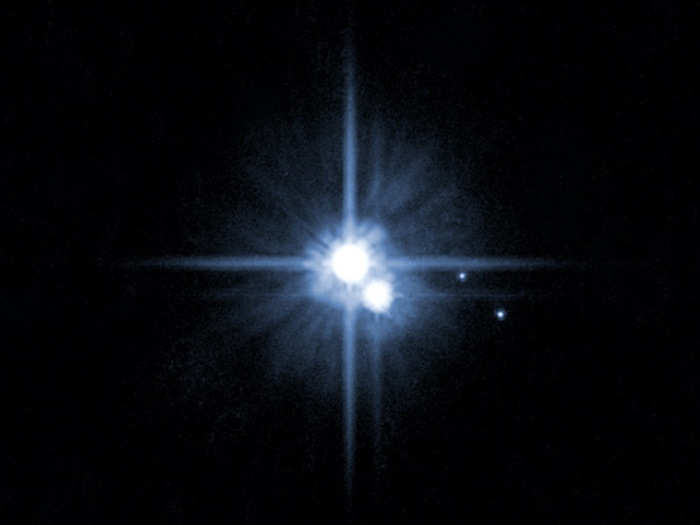
The Hubble Space Telescope has taught us so much about our universe, but these findings are just the start of what the James Webb Telescope, scheduled to launch in October 2018, will show us. Some of the initial goals for Webb will be to image the most distant objects in the universe, star forming molecular clouds, and proto-planetary discs.
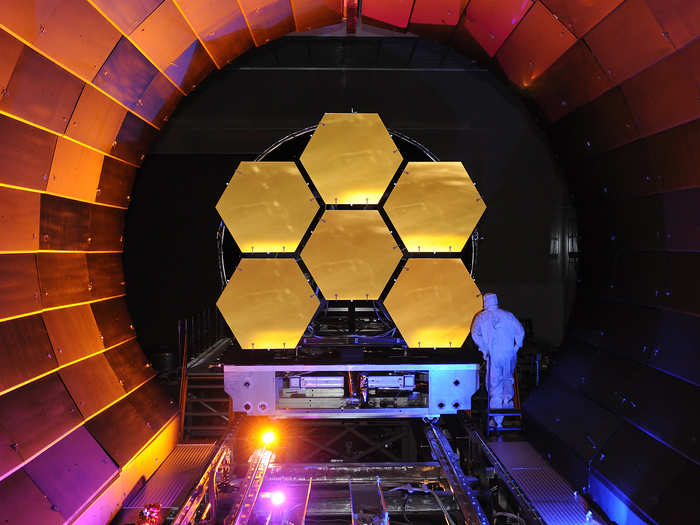
Now that you know the secrets of the universe, see our own galaxy in stunning detail.
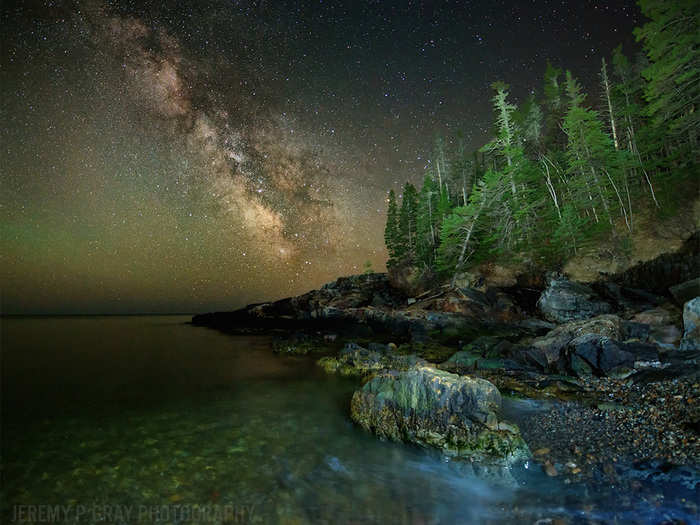
Popular Right Now
Popular Keywords
Advertisement